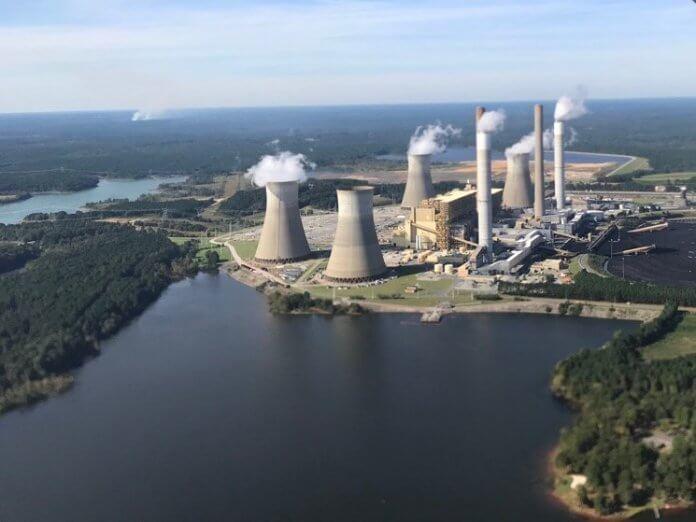
Caption
In a strategic move, Georgia Power is departing from burning coal to generate electricity. In doing so, the company is draining the majority of its unlined coal-ash ponds. The toxic material will be excavated and stored in dry, lined pits on Georgia Power property. However, coal ash will remain in eight ponds in places such as Plant Scherer — near Juliette — along the Ocmulgee River in Monroe County.
Credit: Photo courtesy Altamaha Riverkeeper

